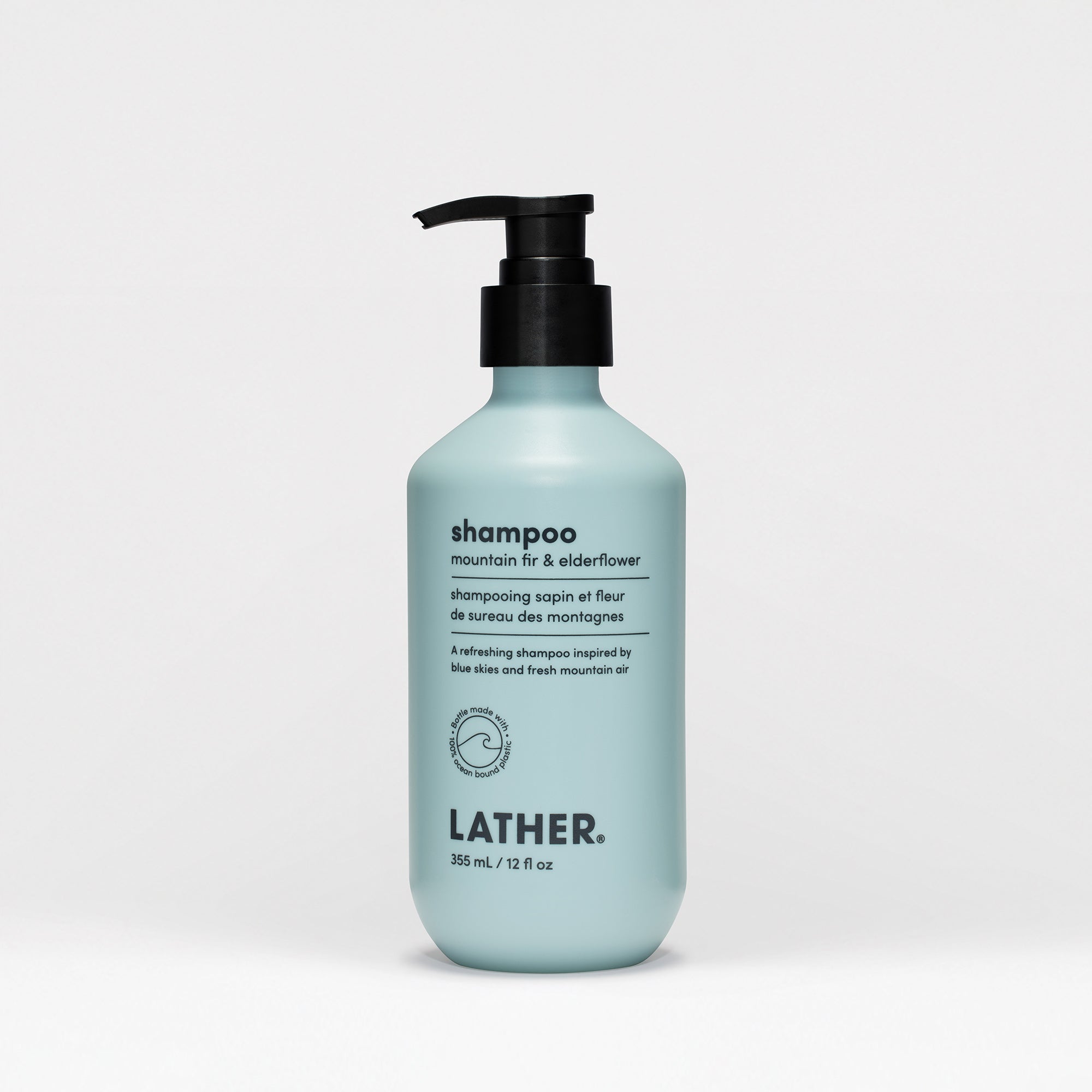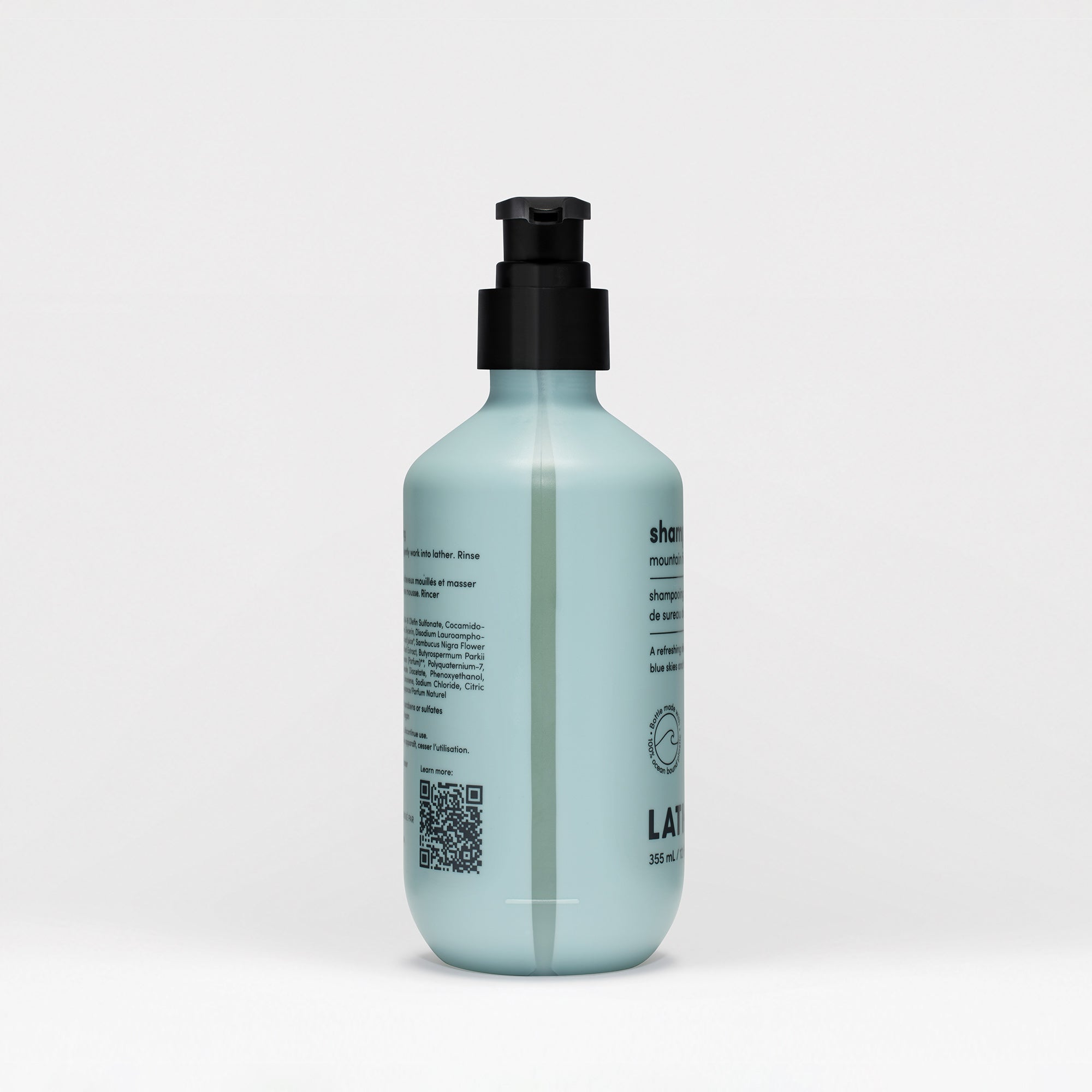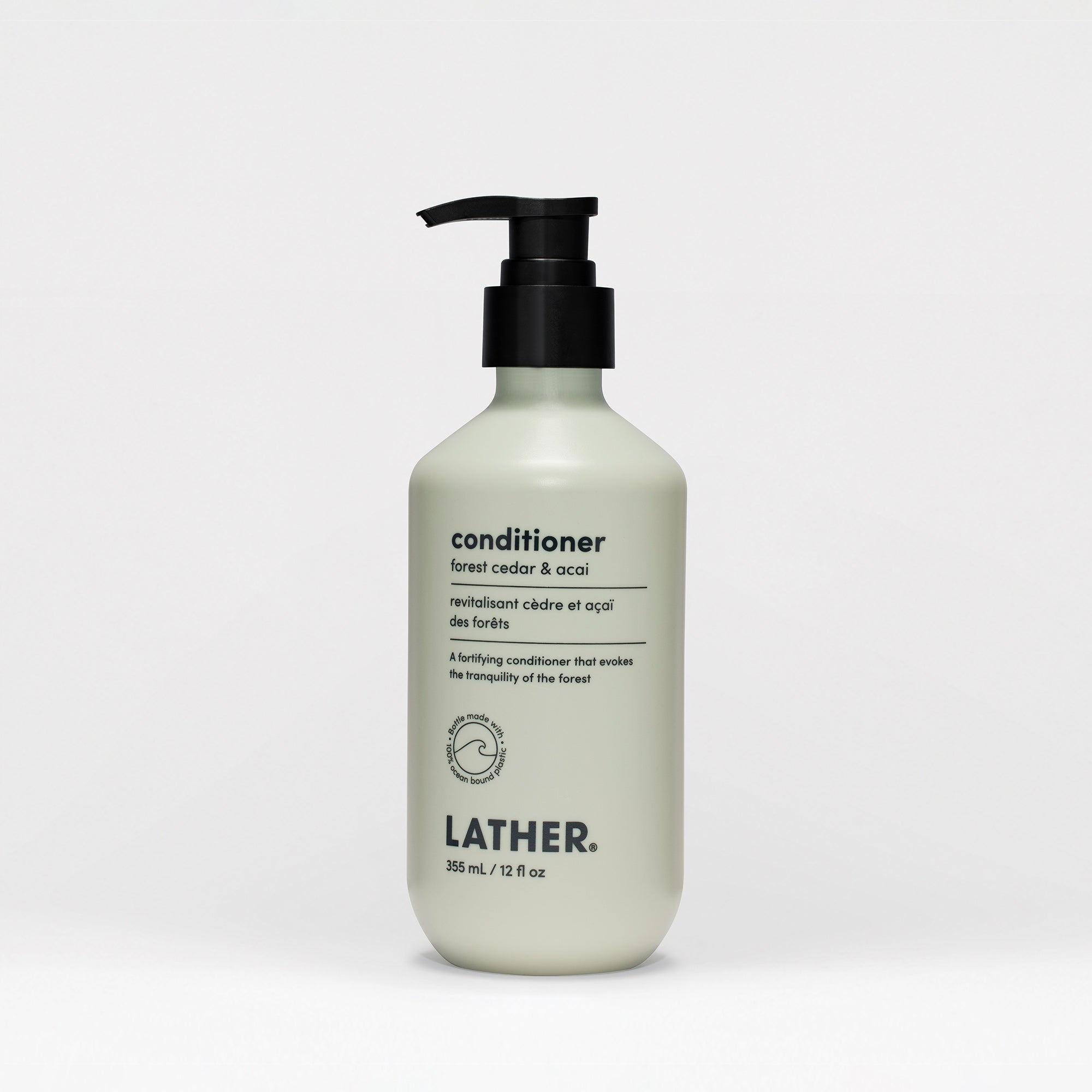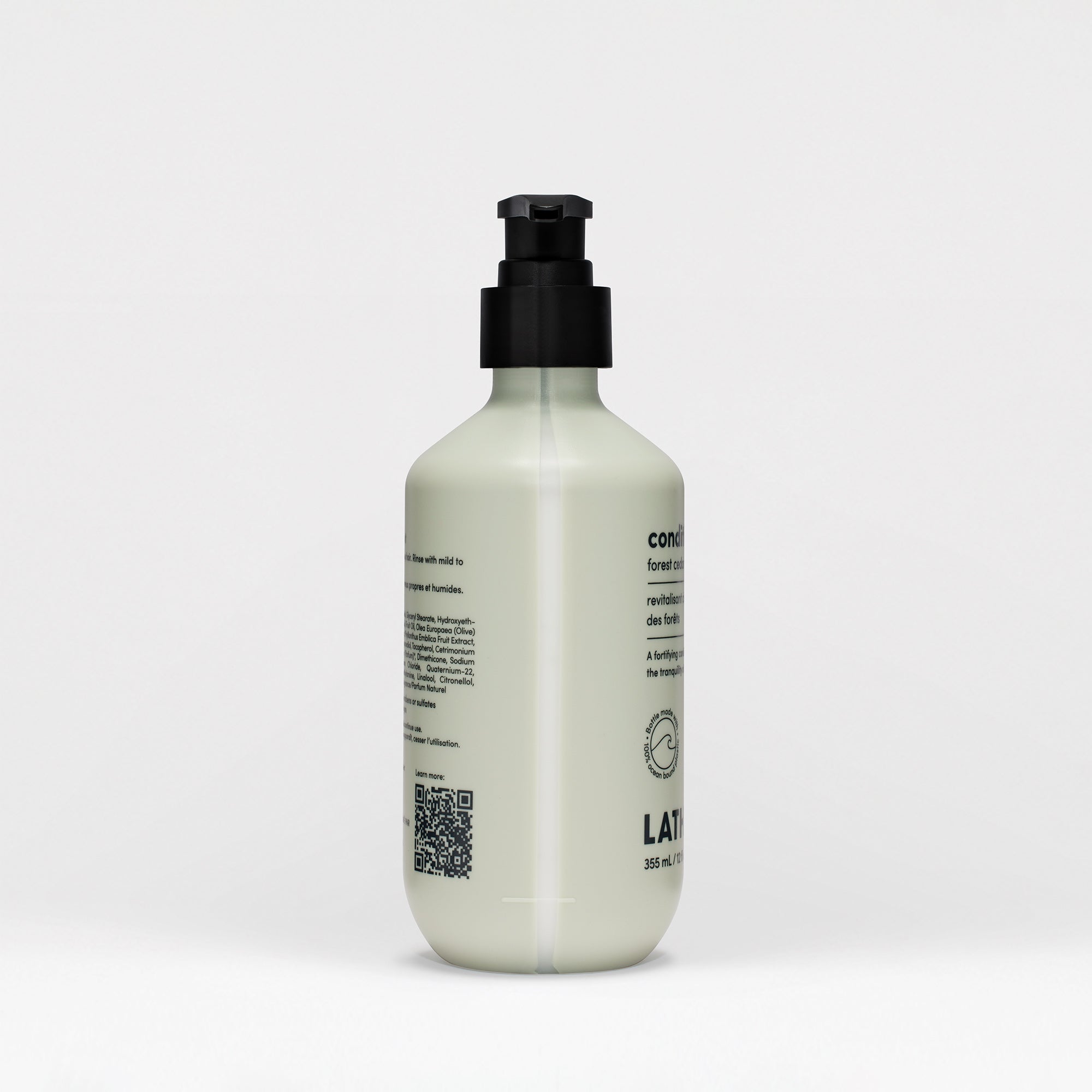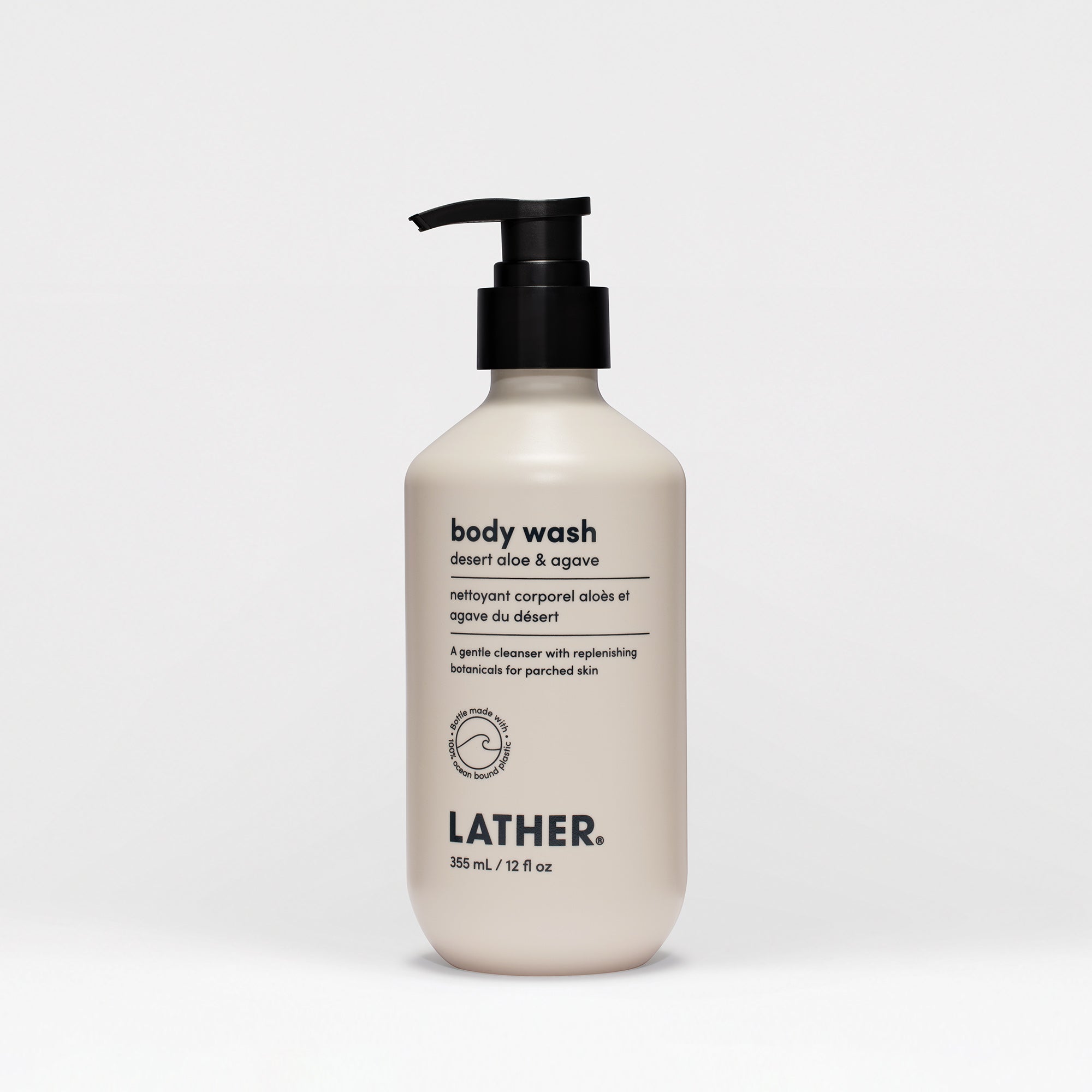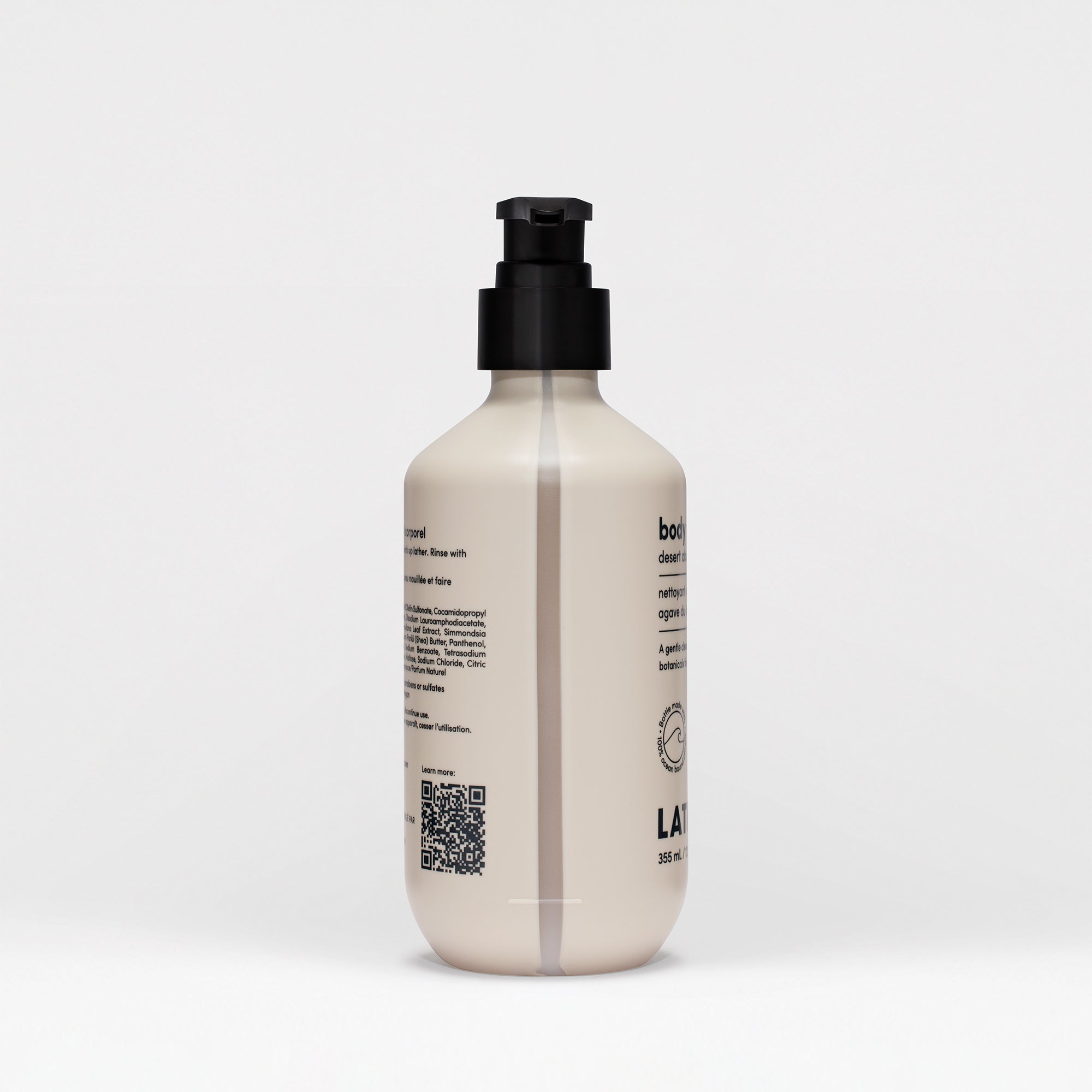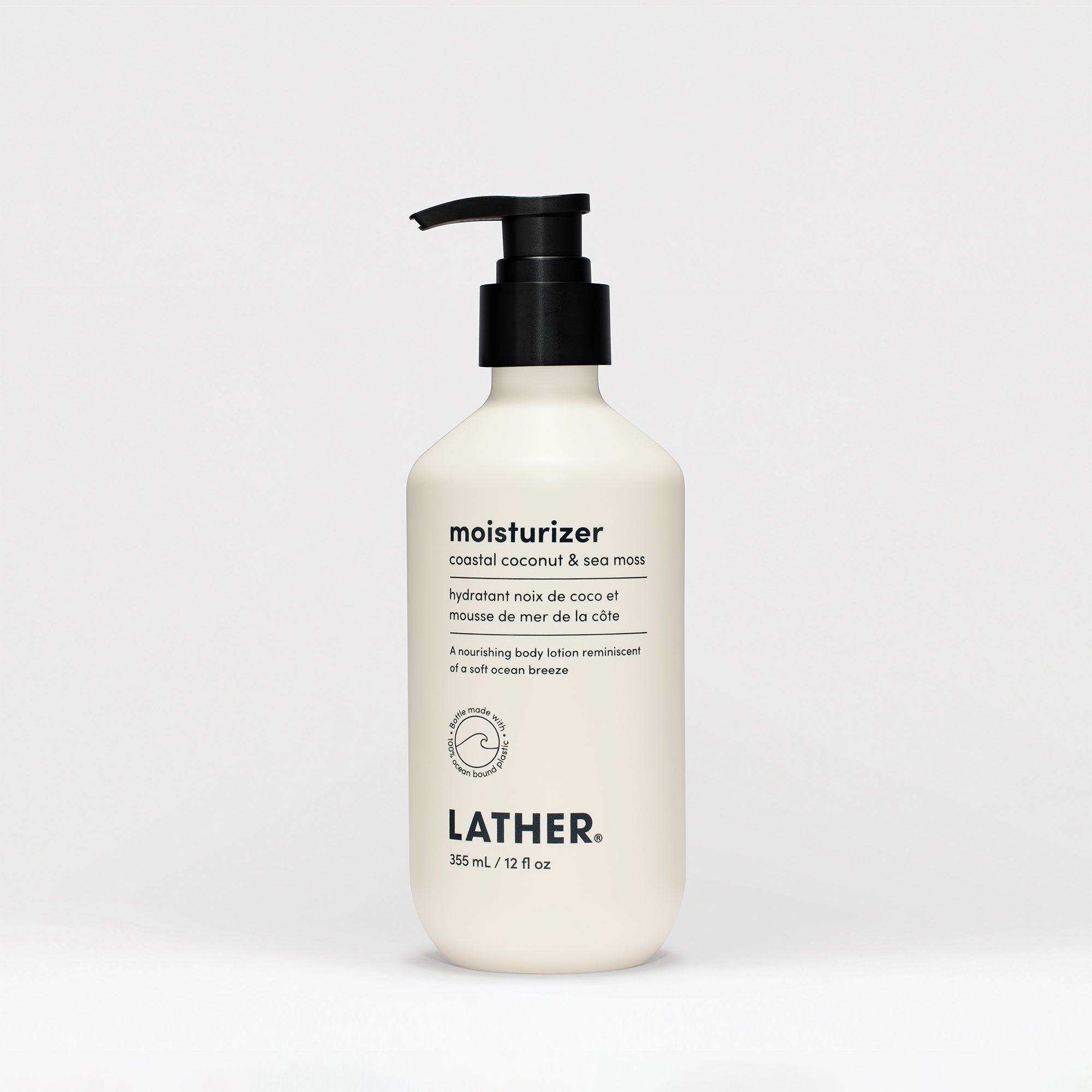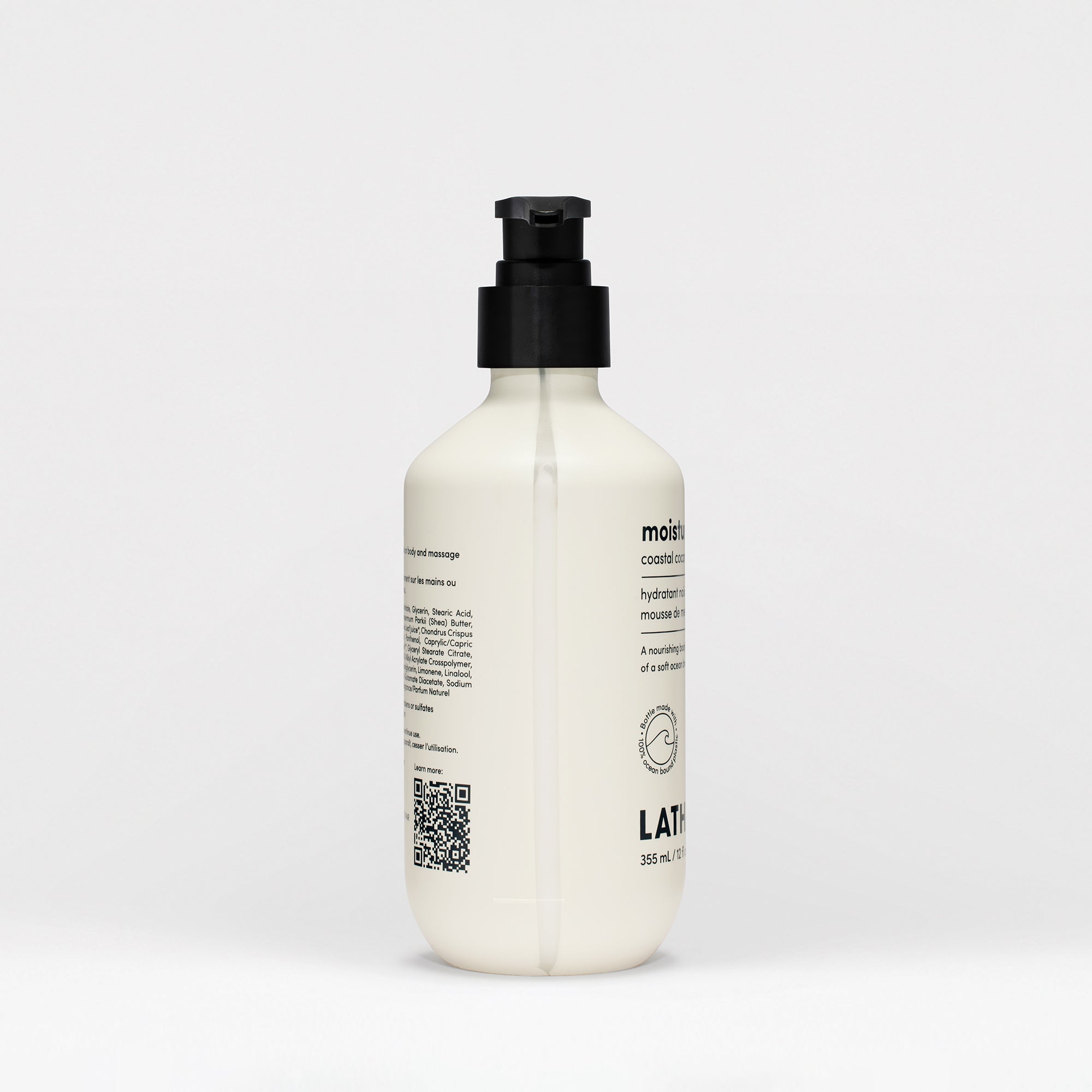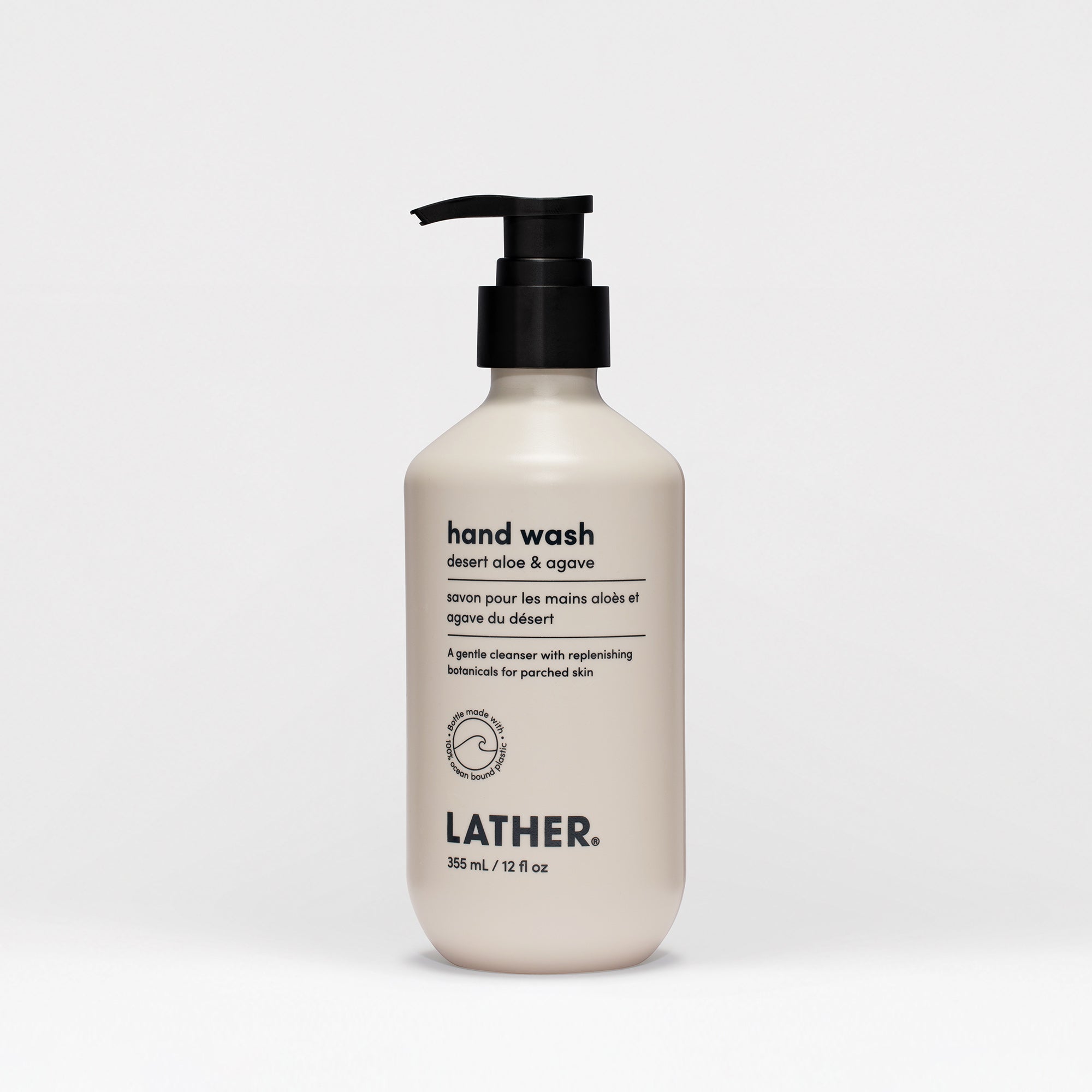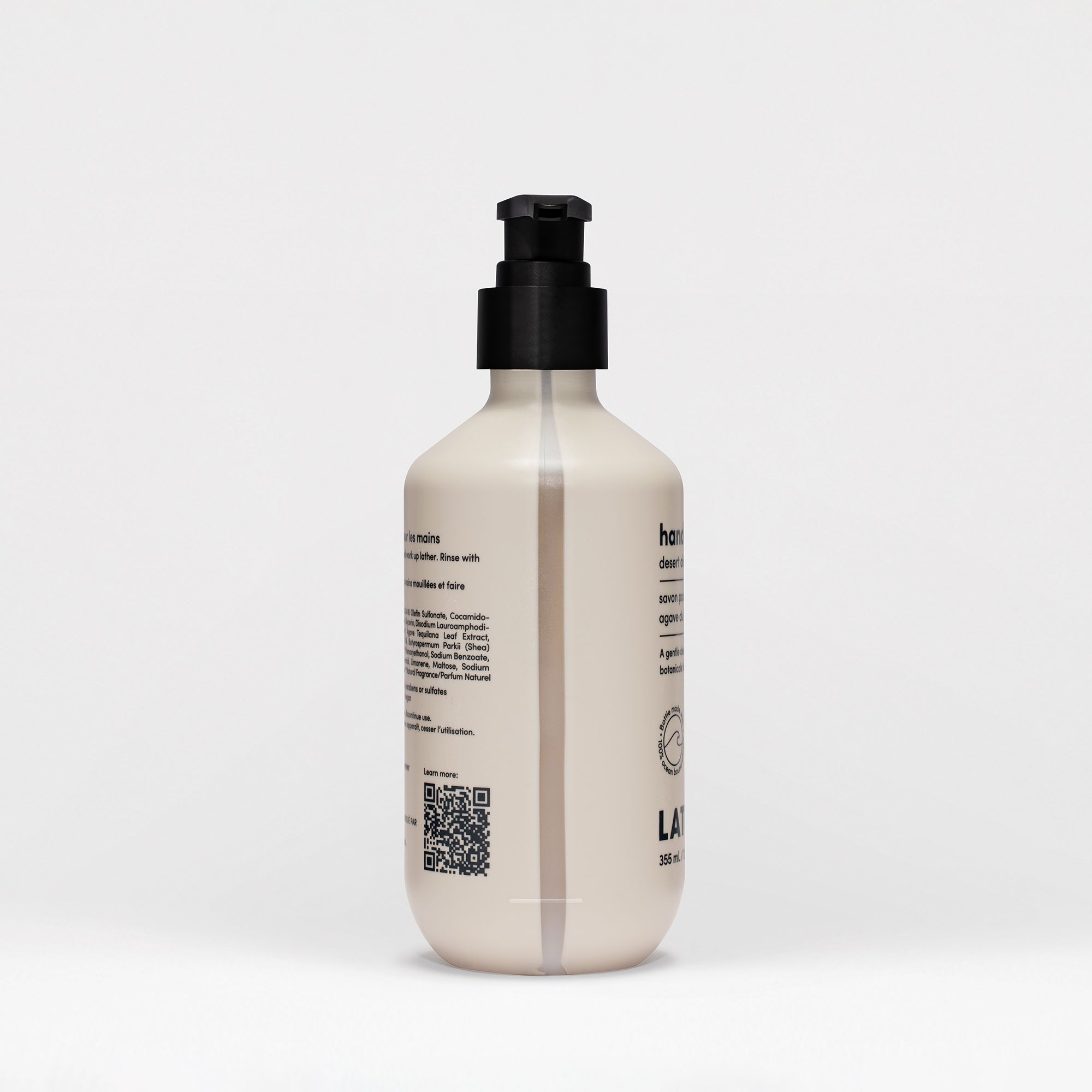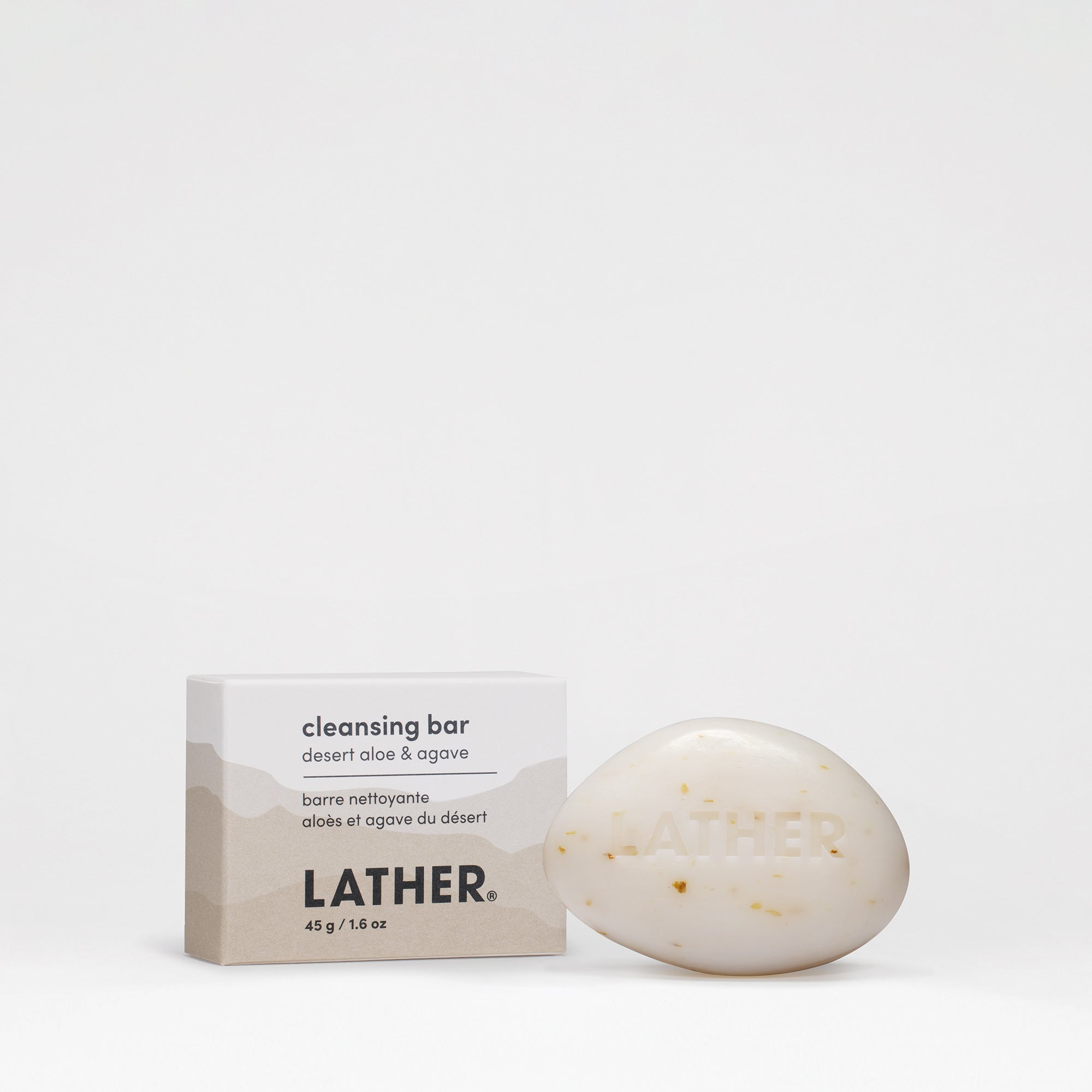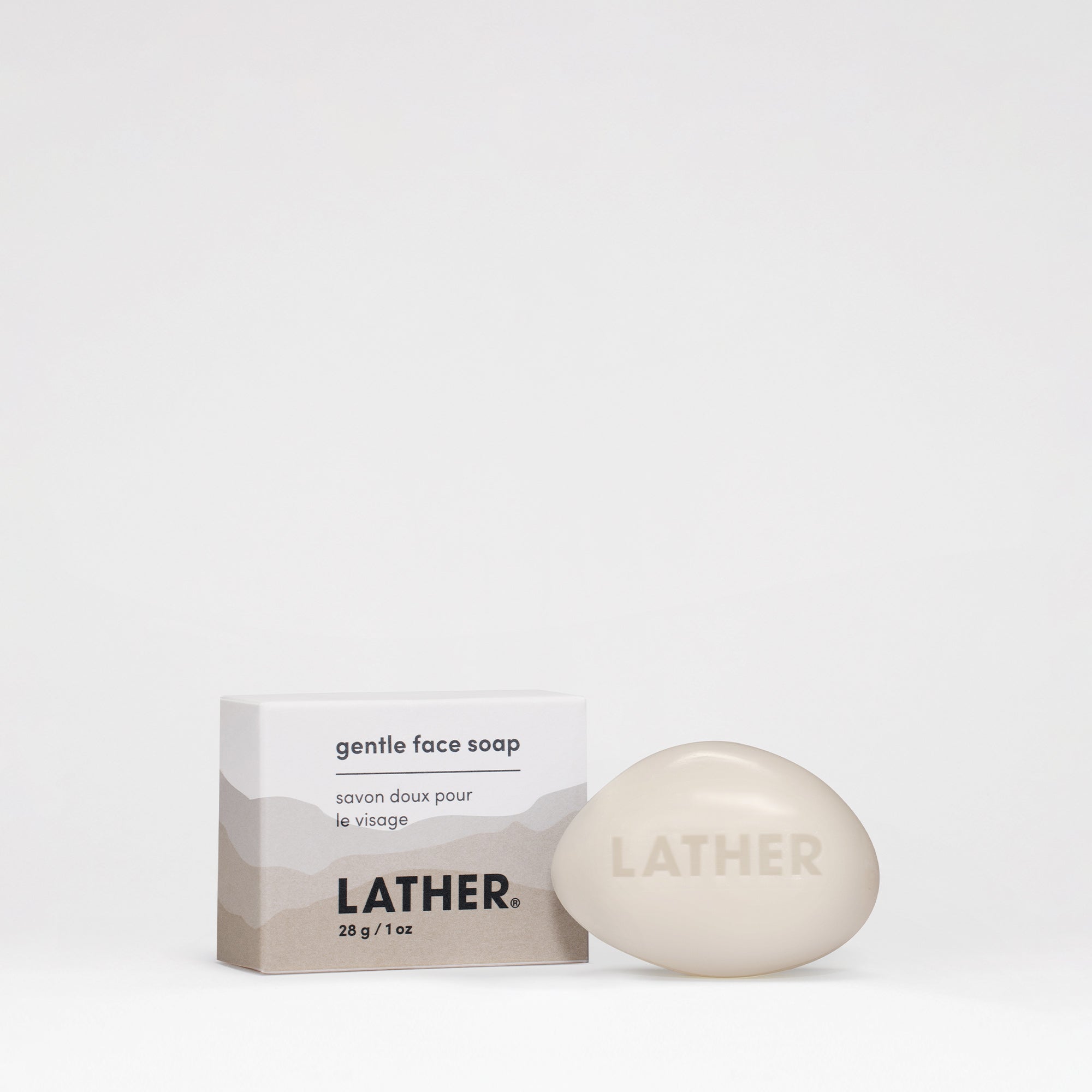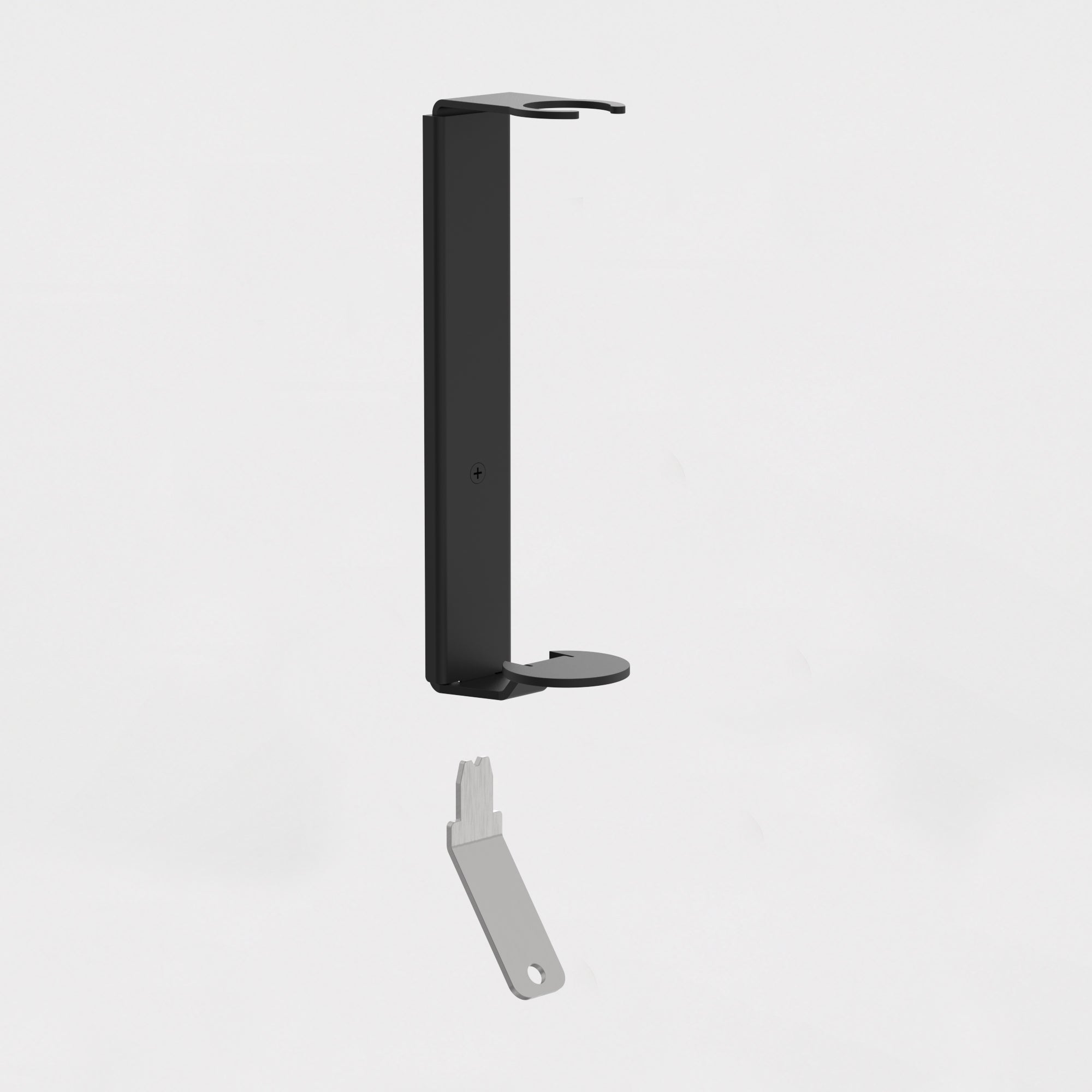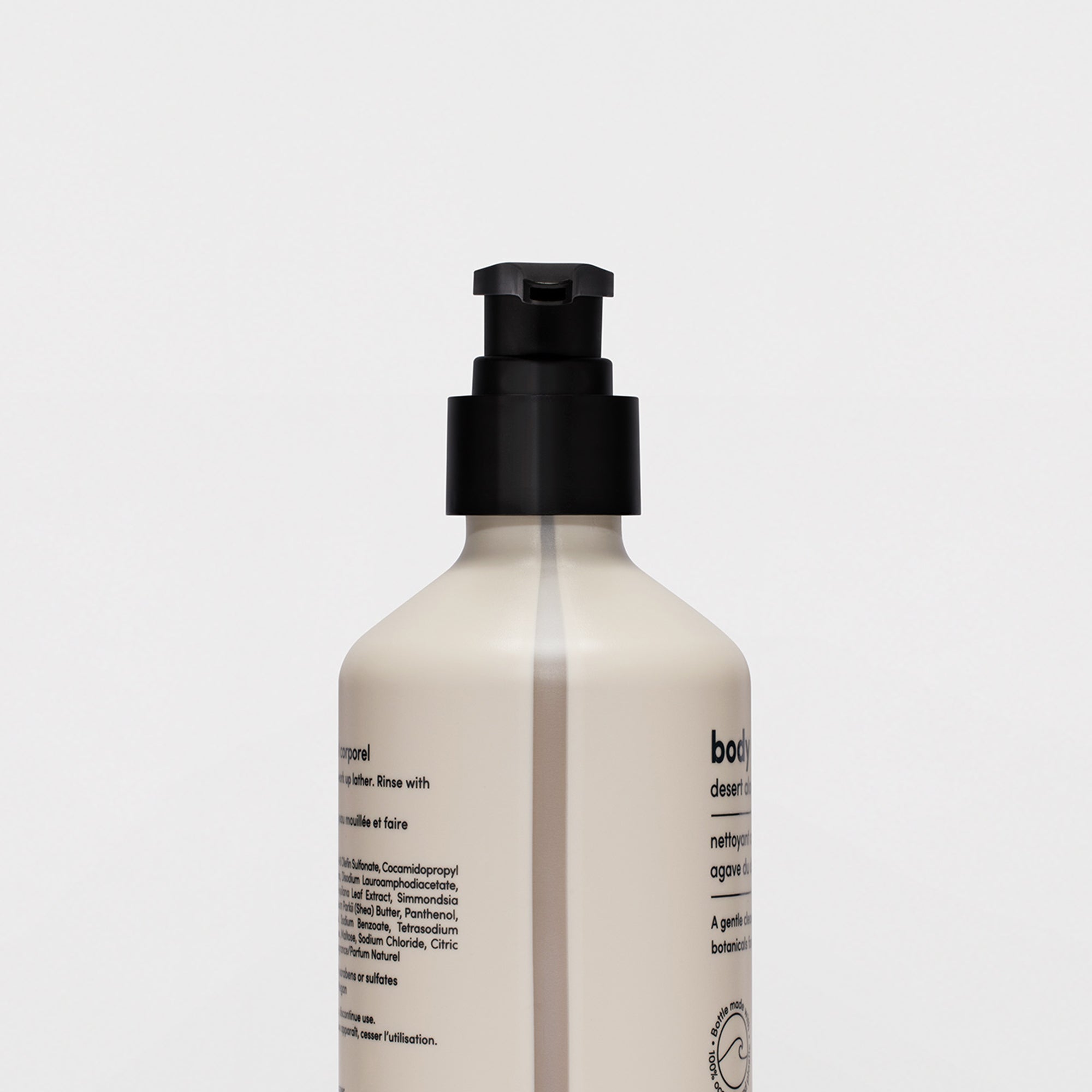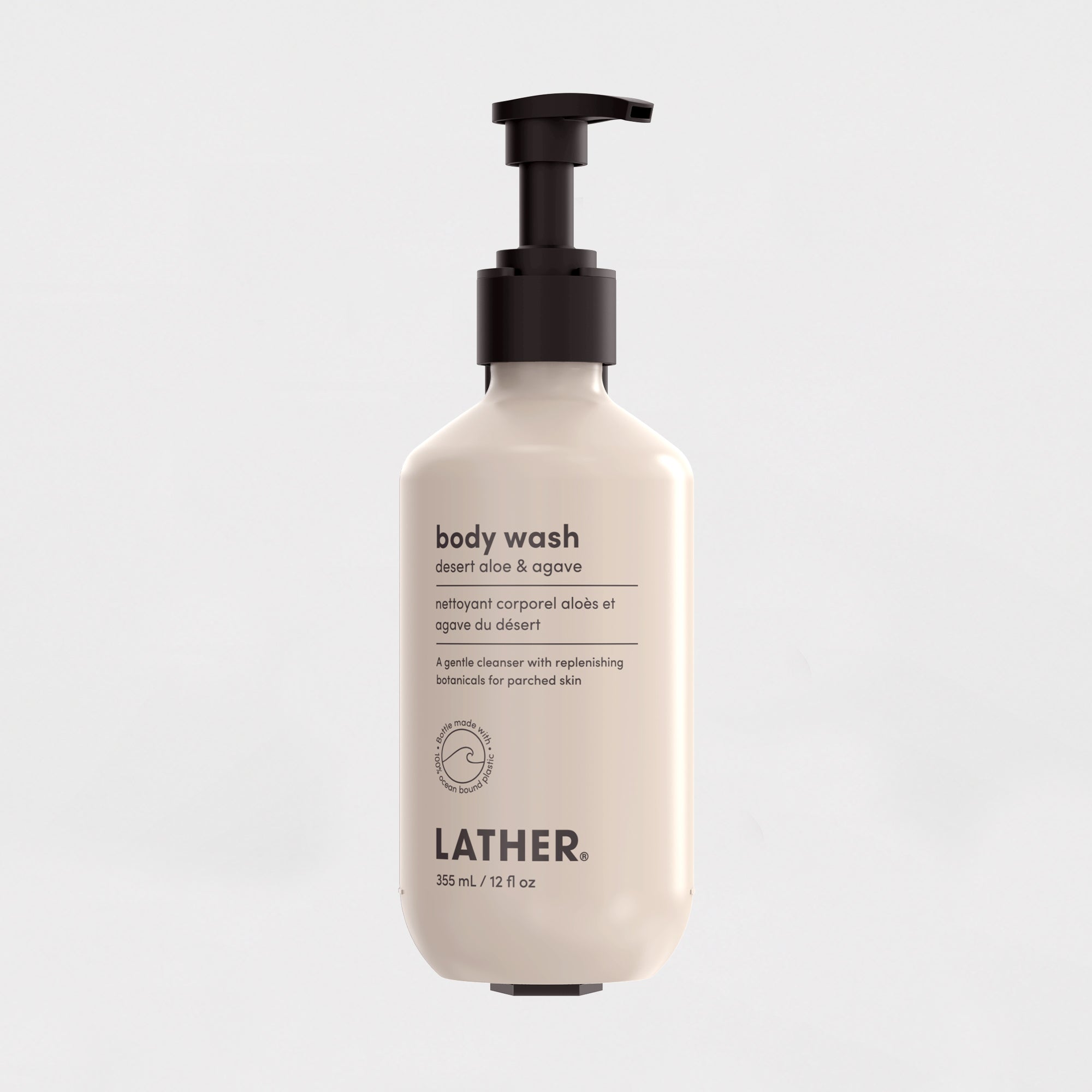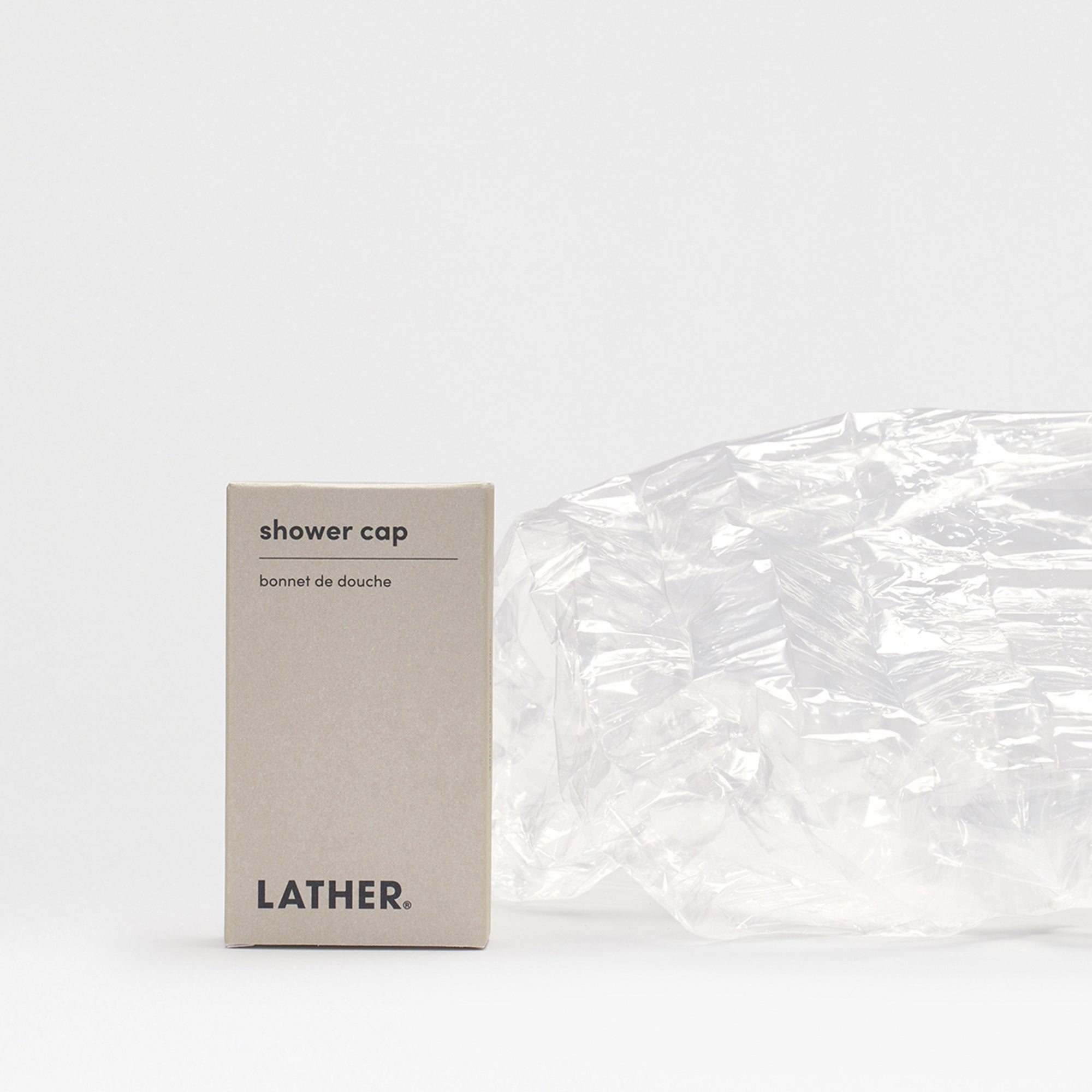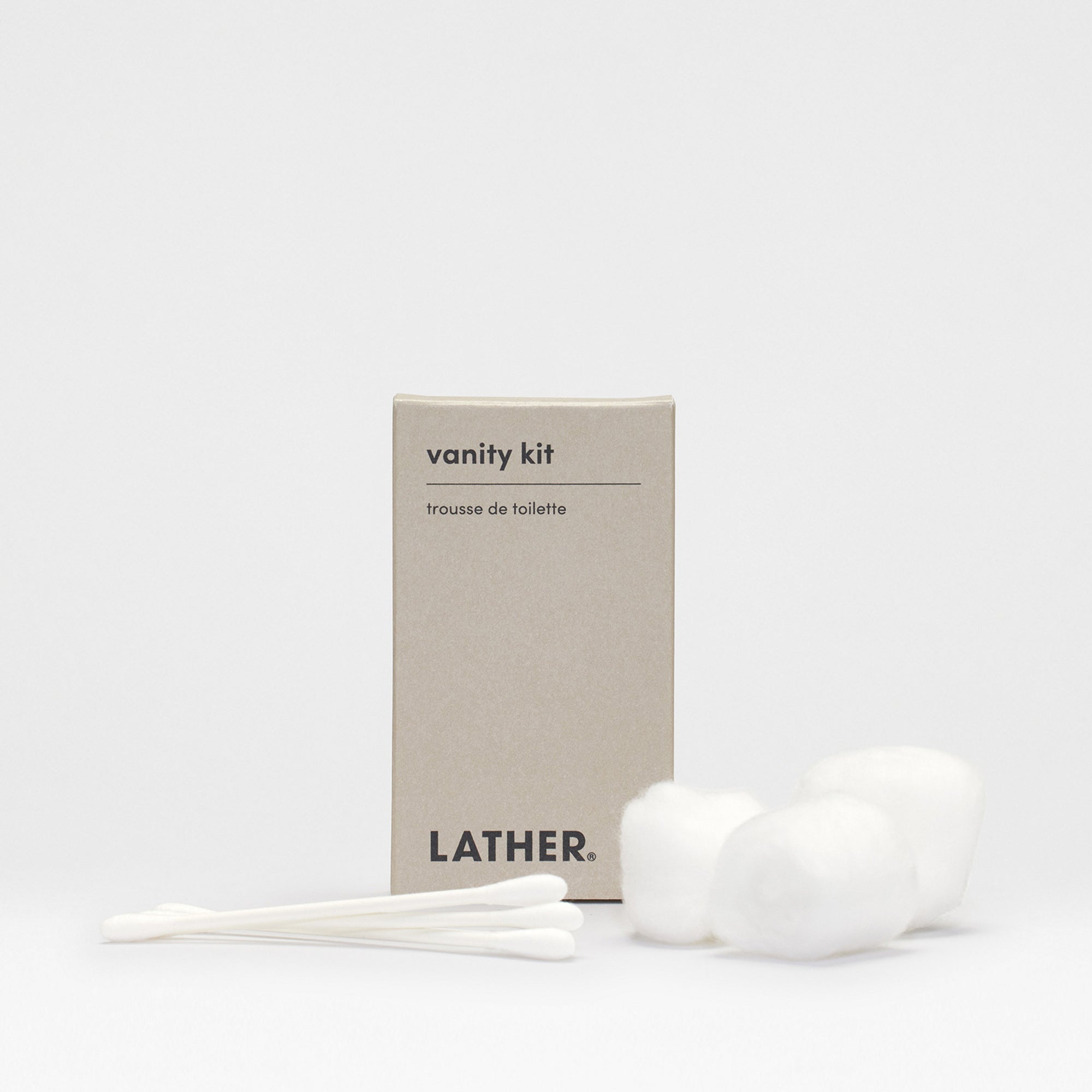Before founding LATHER, Emilie Hoyt spent years searching for a solution to alleviate her chronic migraines. She learned the biggest culprit was the synthetic fragrances found in her personal care products (in fact, 99% of Americans are regularly exposed to fragranced products). She spent the next 20 years researching and developing natural alternatives—the outcome of which you can find in all our formulas.

Emilie recently spoke at the Natural Products Expo on the effects of artificial fragrances in skin care products. Here are all the can’t-miss highlights you need to know:
Avoid products with the terms “fragrance,” “parfum” or “parfume” in the ingredients list. Keep in mind, however, that when you see these words on an ingredient list, it could include up to 4,000 different ingredients that don’t need to be declared because they’re considered a “trade secret.” In other words, there is no synthetic fragrance list you can refer to. (The fragrance industry is barely regulated.)

Don’t assume “unscented” means a product is free of artificial fragrances. A product labeled unscented may still have a masking fragrance to cover an unpleasant base formula.
Fragrance lurks in a lot more places than your skin care. Synthetic fragrance has been detected in garbage bags, baby pacifiers and even every fish filet tested across the country! Fragrance was even found in the blood samples of seven out of 10 newborns.
Your favorite eau de parfum might make you smell alluring, but it’s absorbed by your body too. This is known as bioaccumulation and can put a burden on your body—and health.
Artificial fragrances and perfumes emit a ton of toxic volatile organic compounds (VOCs), which cause health issues and pollute the environment, according to a study published in Environmental Health Perspectives. Another study, published in Science, found that personal care products were responsible for more VOC emissions than gasoline and diesel based on six weeks of research of Pasadena air samples.
Indoor shopping centers are bad for your health. In malls and department stores, chemicals in the form of perfumes and air fresheners compromise indoor air quality, making people sick. It’s particularly bad on employees, who have been found to have a much higher incidence of asthma, brought on by the chemicals in those perfumes.
Synthetic fragrances are so harmful that the Centre for Disease Control and Prevention follows a “fragrance-free policy” in their workplace (of 15,000 employees). They don’t allow perfume and discourage the use of scented detergents or fabric softeners on clothes worn in the office, which can impact the health of those with chemical sensitivities, allergies, asthma, and chronic headaches/migraines.
You can petition your school, city or workplaces to become a “fragrance-free zone.” Click here to learn how.
How to find a safe, naturally based fragrance or essential oil blend
Convinced you should switch to natural fragrance? It’s easy peasy! Here’s how:
First, keep in mind natural doesn’t automatically mean safe. In fact, some people can still have sensitivities and allergies to essential oils, especially when they’re directly applied to the skin. Always do a patch test on a small area before committing.
With that said, a scent is tied to memory more than any of our senses, which means it holds an incredible power on our mood and well-being. Look for personal care products that not only function to moisturize and nourish, but are enhanced with natural scents. A few of Emilie’s go-to’s include:
- lavender for soothing, stress relief and relaxation
- peppermint for mental clarity
- rose for peace and joy
- frankincense for meditation
- lemon for focus

If you’re testing a natural fragrance that’s already been blended in a lotion or oil, rub a bit onto the inside of your arm (make sure it’s clean first) then close your eyes and breath the aroma in.
What is the first thing you see? What is the first emotion you have?
Try hard to resist the urge to identify or name what is creating the aroma. If you find yourself doing that, let the thought pass. Return to inhaling the aroma again. Notice any image that comes to mind. Sometimes it’s more important to pay attention to these thoughts rather than seek out particular essential oils.
When you find “the one,” you’ll know it! Pretty soon you’ll have your signature scent—and you can indulge in it without any headaches (literally!).

